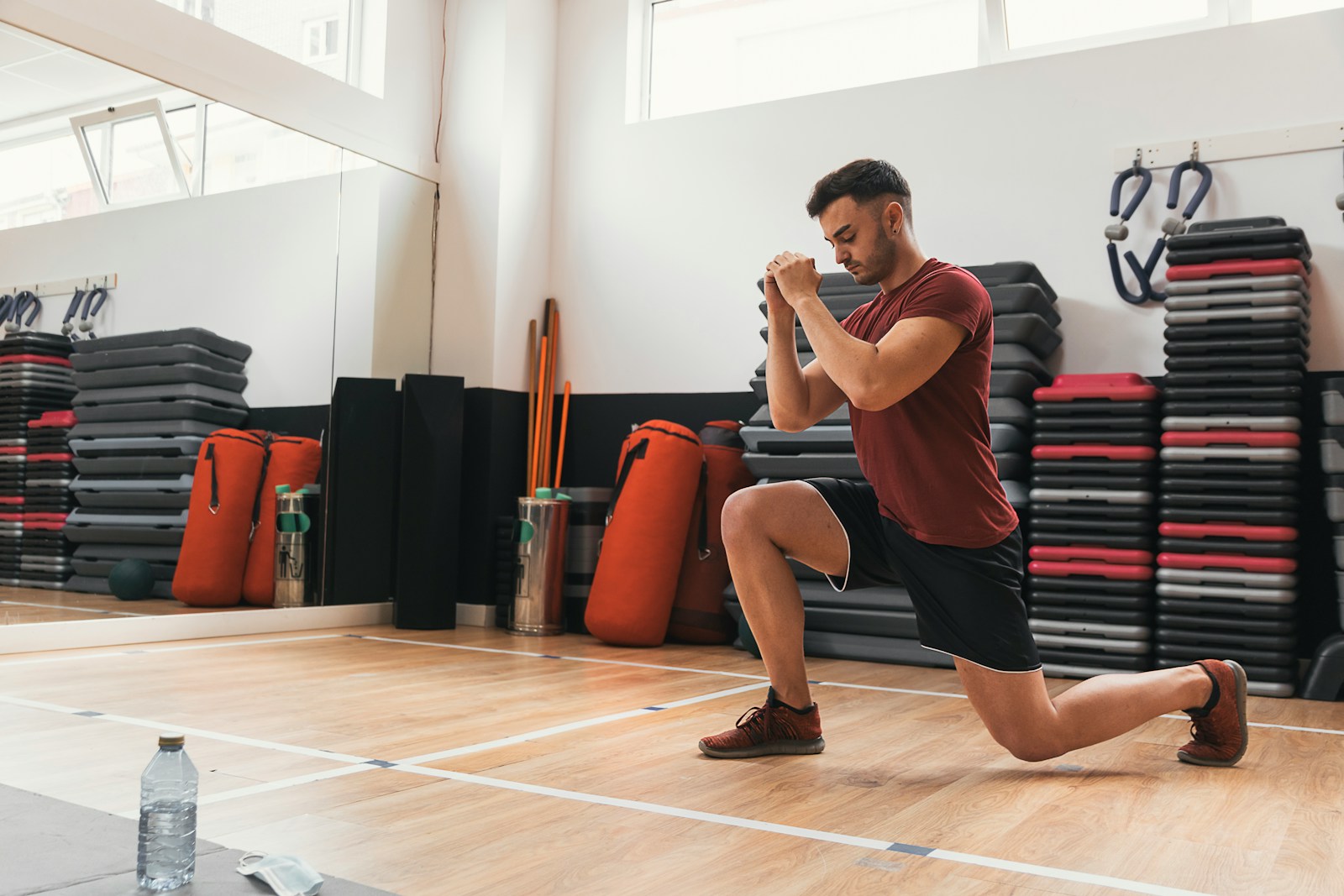Football is a physically demanding sport, which involves multi-directional movements and unbraced contact. This means that it exposes players to a high risk of injury. Football injury prevention strategies are therefore, essential to keeping players on the field. Almost two-thirds of injuries will occur in the lower limb. The most common sites being the hip, groin, and thigh, followed by the knee, and then the foot and ankle. These injuries are 9 times more likely to occur during matches compared to training.
What are the essential football injury prevention strategies?
For all injuries, having a previous injury, regardless of where it is in the body, is the greatest risk factor for future injuries. This statistic tells us two things. 1) That adequate rehabilitation is required whenever an injury occurs. 2) Most athletes are not adequately rehabilitating an injury. Athletes will commonly use the “wait-and-see” approach to manage injuries. However, this approach does not help to restore muscular balance and athlete’s are left with an area of weakness. Why is that the case? Pain acts as a muscle inhibitor. This means that when you experience pain from an injury, pain will inevitably reduce activation of muscles around the area of pain. This leads to weakness in those muscle groups unless you target that area.
As Physiotherapists, we find muscular weaknesses and restore muscle balance to the area that has been injured. Not only can this weakness make the area that was injured vulnerable to future injury, but it can also have an affect somewhere else in the body. Therefore, incorporating essential football injury prevention strategies are important to avoid injury.
Hip, groin, and thigh injuries
Hip, groin, and thigh injuries, includes groin and hamstring strains. Football injury prevention strategies for groin injuries include, strengthening the adductor, gluteal and core muscle groups.
For hamstring injuries, the hamstring is most likely to be strained when a player is running at full speed and/or when they are reaching high speeds with the hamstring on stretch, such as when a player is reaching to pick up a ball from the ground. Firstly, incorporating eccentric strengthening, such as the Nordic exercise, is effective in preventing hamstring strains. However, this is an incredibly difficult program to incorporate during the season, due to high muscle fatigue following this type of training. Alternatively, incorporating high acceleration/deceleration drills into training can improve hamstring muscle conditioning. Furthermore, incorporating sport skills that load the hamstring and mimic match-play scenarios, such as picking a ball up off the ground while being chased by another player, can decrease hamstring injuries by 75%.

Knee injuries
Knee injuries are often the most severe injuries in football and involve longer time frames of return to sport. Due to their severity, a lot of research has been conducted on ACL injuries. ACL injuries are 7 times more likely to occur during competition than training, and will most likely occur during non-contact scenarios when the knee is close to full extension, with excessive knee valgus and knee internal rotation. This scenario often occurs during a sidestepping or landing manoeuvre. Research has found that prevention programs can reduce the risk of both non-contact and contact ACL injuries by approximately 50%. Football injury prevention strategies include, strengthening of the core, hip, and leg muscles, jumping and hopping tasks, agility training, and feedback on proper landing technique.
Prep-To-Play is a program that was created to target the high incidence of ACL injuries in female footballers, who are 6 times more likely to suffer from an ACL injury. It takes you through a series of warm-ups that incorporate all of these prevention strategies. It is readily available online with videos and clear instructions.
Ankle injuries
Lastly, ankle injuries, which most commonly involve the lateral ligaments of the ankle, can also be prevented. Prevention programs can reduce risk of ankle ligament injuries by up to 45%. Prevention programs will include strengthening, not only at the ankle, but also in the hip and thigh. They also incorporate balance and proprioceptive exercises, such as single leg balance on unstable surfaces. These movements are progressed by incorporating hopping and agility tasks. These tasks prepare the body for perturbations that occur during match play.
Additionally, external supports including, bracing and taping, can also be used to prevent ankle sprains. External supports are best introduced if a player has already suffered an ankle sprain. The most superior external support is a lace-up ankle brace, which can reduce ankle re-injuries by up to 70%.

Implementing strength and conditioning programs in-season
There is a common theme in preventing injuries, and that is to incorporate an adequate strength and conditioning program into your regime. Often players introduce a strengthening program in the pre-season that helps to increase their capacity for the in-season period, but stop their exercises during the season. Alternatively, they will build strength in the pre-season and only work on maintaining this strength base during the season. During the season, fatigue and stress will accumulate. Both these factors will have a negative impact on an athlete’s strength potential. Therefore, as the season rolls on, there is an overall loss in strength.
Ideally, you want to introduce three strength sessions per week. The intensity will be moderate in the first session, heavy in the second, and moderate-to-heavy in the third session.
Training load
You can complete all the necessary strength and conditioning, but if you are not monitoring your training load, you may still be at an increased risk of injury. Therefore, monitoring load is also an essential football injury prevention strategy. In relation to community-level football, research has found that two sessions of moderate speed running load can reduce your risk of injury during games by 50%. Therefore, if you miss a training session and do not substitute it with a moderate speed run, you are increasing your risk of injury. If you miss a training session because you are injured, you need to substitute it with cross training of similar intensity.

How can a Physiotherapist help?
At Synergistic Movement Physio, our physiotherapists conduct comprehensive assessments of previous injuries to identify any muscular imbalances that may have resulted from them. We utilise advanced equipment to precisely measure your strength potential. Book your appointment today and safeguard your performance on the football field!






